4 Reasons to Buy the Pixelbook Go (and 3 Reasons to Skip)
The Pixelbook Go is Google's latest and greatest Chromebook. For $849 (starting at $649), the Pixelbook Go moves Google from 2-in-1s and detachables to a regular old clamshell, and while that may seem odd, it actually turns out very well. However, the Pixelbook Go has its own set of flaws, including its keyboard and speakers.
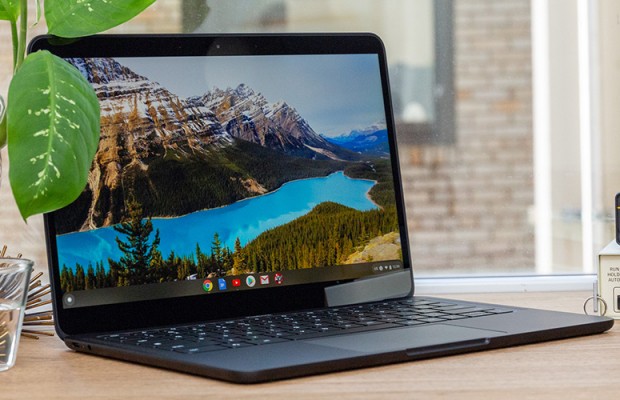
Here are four reasons to buy the Pixelbook Go and three reasons to skip it. For a closer look at Google's new clamshell Chromebook, check out our full Pixelbook Go review and our Best Chromebooks page.
Superslim design
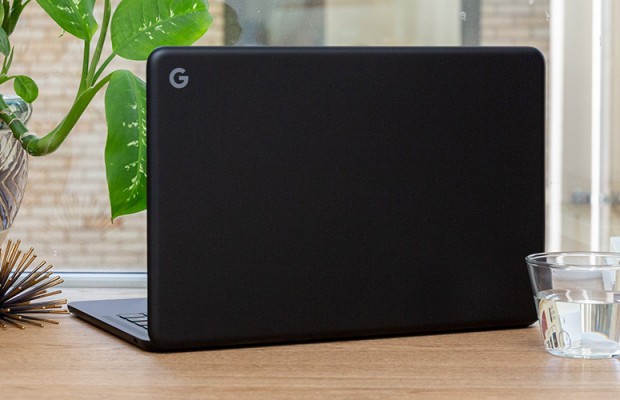
Most Chromebooks are slim and light, but none of them are like the Pixelbook Go. The Pixelbook Go's magnesium-alloy chassis puts any plastic Chromebook to shame. And at 2.3 pounds and 12.2 x 8.1 x 0.5 inches, the Pixelbook Go is lighter and thinner than the HP Envy 13 (2.8 pounds, 0.6 inches), the Apple MacBook Air (2.8 pounds, 0.6 inches) and the 13.5-inch Microsoft Surface Laptop 3 (2.7 pounds, 0.6 inches).
Bright, colorful display
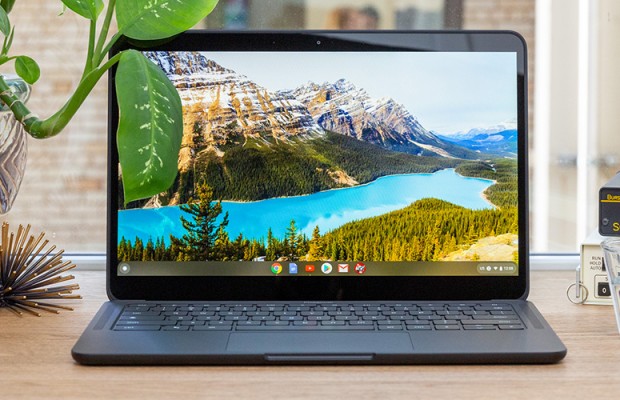
I was impressed with the Pixelbook Go's 13.3-inch display, as it overcame the stereotype that Chromebooks have bad displays. I watched the trailer for the film 1917 and was surprised by the boldness of the sky and how I could still see the surroundings of dark shots despite the glare on the display. The Pixelbook Go's screen covered 108% of the sRGB color gamut and emitted 368 nits of brightness, knocking out the 85% sRGB color gamut and 265-nit averages scored by Chromebooks.
Stay in the know with Laptop Mag
Get our in-depth reviews, helpful tips, great deals, and the biggest news stories delivered to your inbox.
MORE: Longest Battery Life Laptops
Great battery life
The Google Pixelbook Go is one of the best laptops for battery life. It survived for 11 hours and 29 minutes after it continuously surfed the web over Wi-Fi at 150 nits of brightness. It crushed the Chromebook average, which comes in at 9:31. You can get through a whole work or school day and then some with just a single charge of the Pixelbook Go.
Solid performance
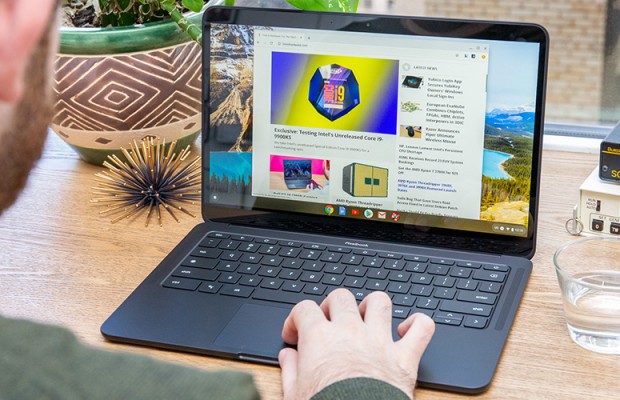
With an Intel Core i5-8200Y processor and 8GB of RAM, the Pixelbook Go was able to juggle 30 Google Chrome tabs and five 1080p YouTube videos without any signs of a slowdown. The Pixelbook Go scored 6,516 on the Geekbench 4.1 overall performance test, climbing over the Chromebook average (6,209).
Lackluster speakers
If only the Pixelbook Go's audio matched its display. The top-firing speakers are plain bad. The speakers were loud, but so sharp on the highs they were uncomfortable to listen to. There was little to no bass, and when any lows played through the speakers, the output sounded like noise.
Scant ports
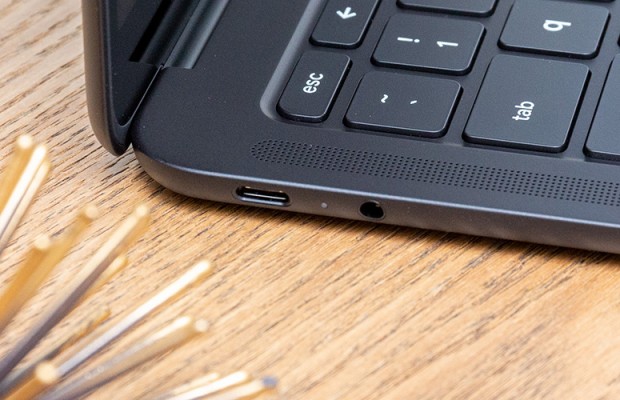
The Pixelbook Go has a total of two USB Type-C ports and a headphone jack. Being just 0.5 inches thin comes with a big sacrifice, and that's the ports. Without a USB Type-A port or a microSD card slot, you're going to have to pick up a USB Type-C hub or a docking station in order to hook up any of your peripherals.
MORE: USB Type-C FAQ
Keyboard a bit shallow
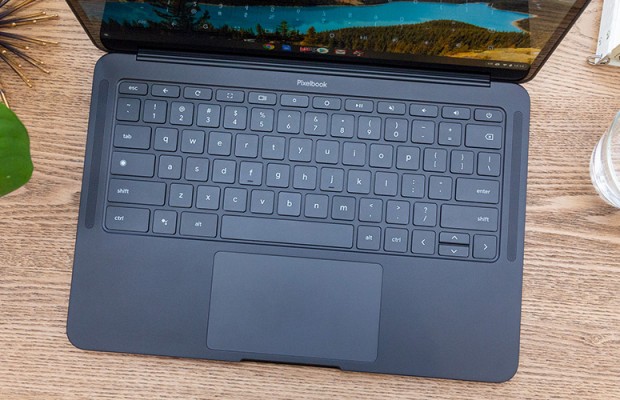
Google's Hush keyboard went through a gauntlet of tech writers and failed to emerge with a positive rating from any of them. By focusing on being quiet, Google sacrificed that pleasant clickiness that a good keyboard should have, as its keys have low travel. While my colleague Phillip Tracy liked the feel of the keyboard and enjoyed how quiet it was, he agreed that it was still too shallow. Overall, typing on the Pixelbook Go's keyboard wasn't uncomfortable, but it wasn't satisfying, either.
Credit: Laptop Mag

Rami Tabari is the Reviews Editor for Laptop Mag. He reviews every shape and form of a laptop as well as all sorts of cool tech. You can find him sitting at his desk surrounded by a hoarder's dream of laptops, and when he navigates his way out to civilization, you can catch him watching really bad anime or playing some kind of painfully difficult game. He’s the best at every game and he just doesn’t lose. That’s why you’ll occasionally catch his byline attached to the latest Souls-like challenge.
